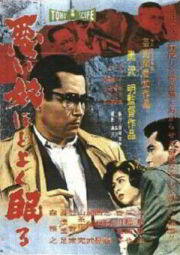 This May, our Film Club title of the month is Akira Kurosawa’s 1960 film The Bad Sleep Well (悪い奴ほどよく眠る, Warui yatsu hodo yoku nemuru, “The Worse They Are, The Better They Sleep”).
This May, our Film Club title of the month is Akira Kurosawa’s 1960 film The Bad Sleep Well (悪い奴ほどよく眠る, Warui yatsu hodo yoku nemuru, “The Worse They Are, The Better They Sleep”).
The Bad Sleep Well was the first film released by the newly formed Kurosawa Production Co., which had been founded in April 1959. As Toho had been concerned about rising production costs, they had suggested to Kurosawa that in order to continue making the kind of films that he wanted to make, he should set up a company to foot a part of the bill. Toho still continued to co-produce Kurosawa’s films and in fact also retained a majority stake in Kurosawa’s new company, but as the director was now putting some of his own money into the mix, Toho could sleep more soundly. On the other hand, at least in theory this also gave Kurosawa slightly more artistic freedom.
Considering that he was now risking some of his own finances, one could imagine Kurosawa deciding to capitalise on the financial success of his previous film, The Hidden Fortress, and making another light adventure film for the mass audiences. But instead, Kurosawa took the opposite road and embraced his increased artistic freedom to make his most directly political film since the 1955 Record of a Living Being.
Kurosawa had problematised the unchecked freedom of the press in Scandal in 1950 and turned to the issue of potential nuclear annihilation in Record of a Living Being, and The Bad Sleep Well is a film in many ways comparable to them. This time, the focus is on postwar Japanese corporate culture and the corruption within, as The Bad Sleep Well — sometimes called Kurosawa’s Hamlet — delivers a cinematic revenge play of a young man’s mission to climb the corporate ladder and avenge his father’s death.
Kurosawa’s critique of the status quo covertly extends also to Japan’s political decision makers, but only covertly, for even with the increased artistic freedom of his new production company, Kurosawa wasn’t able to push the point quite as far as he had originally wanted. Several compromises had to be made with the story, and even in its final slightly compromised form Toho was apparently hesitant to deal with the finished film, and did in fact not re-release it or allow television broadcasts until the late 1980s.
The compromises forced on the production may have affected the quality of the film, which is slightly uneven. The Bad Sleep Well begins with 25 minutes which are easily among the best 25 minutes that Kurosawa ever filmed. From there on, however, the rest of the film fails to live up to the opening’s brilliance. Yet, while the external pressure to tone down the film must have had an affect on the film’s coherence, it cannot be said to have been the only or even the primary reason for the film’s inability to quite reach its potential.
One could in fact rather look at the film’s writing process. While Kurosawa typically worked on his scripts with one or two co-writers, allowing multiple points of view, The Bad Sleep Well had no less than six individuals shaping its narrative. The basic story emerged from an original screenplay by Kurosawa’s own nephew Mike Inoue, who had never before had and would never later have his work filmed, but who would later end up co-producing Dreams and Rhapsody in August. Although Kurosawa kept the overall story of the original script, he decided to refine it, reworking it initially with Eijiro Hisaita, who had worked with Kurosawa on two of his early films, No Regrets for Our Youth (1946) and The Idiot (1951), and who would three years later also contribute to High and Low (1963). Later in the process, Kurosawa regulars Hideo Oguni, Ryuzo Kikushima and Shinobu Hashimoto would also join them. With this high number of contributors, it could be argued that some of the story’s focus was lost, resulting in the unevenness of the final product.
Yet, the resulting film is quite complex and has attracted fairly much discussion. Yoshimoto for instances discusses in length the film’s theatricality, calling it an “orchestrated spectacle”, and points out that unlike in many contemporary films by the Japanese New Wave, Kurosawa’s exploration of corporate corruption never reveals the detailed workings of the corruption, with the concept remaining more abstract and the narrative concentrating on the individual. Yoshimoto also talks about the film’s duplicitous meanings, arguing that almost everything in the film carries a double meaning, shifting between literal and figural interpretations.
Other writers have concentrated largely on the film’s message as a commentary on contemporary Japan, as well as its use of the revenge drama template. Our own previous discussions have asked why the bad in fact sleep well, in fact twice, and also whether the ending is botched. We have talked about capitalism and redemption in connection with the film, used the film as a starting point for comparing Kurosawa with Scorsese, and debated whether the film is Hamlet.
The Bad Sleep Well is available on DVD — for more information see Kurosawa DVDs. We will be pairing the film with Mikio Naruse’s When A Woman Ascends the Stairs, which will be our film in June. For more information, including information about the film’s availability, see our film club page.
So, what is your take on The Bad Sleep Well? A failed masterpiece, one of Kurosawa’s best, or something else?

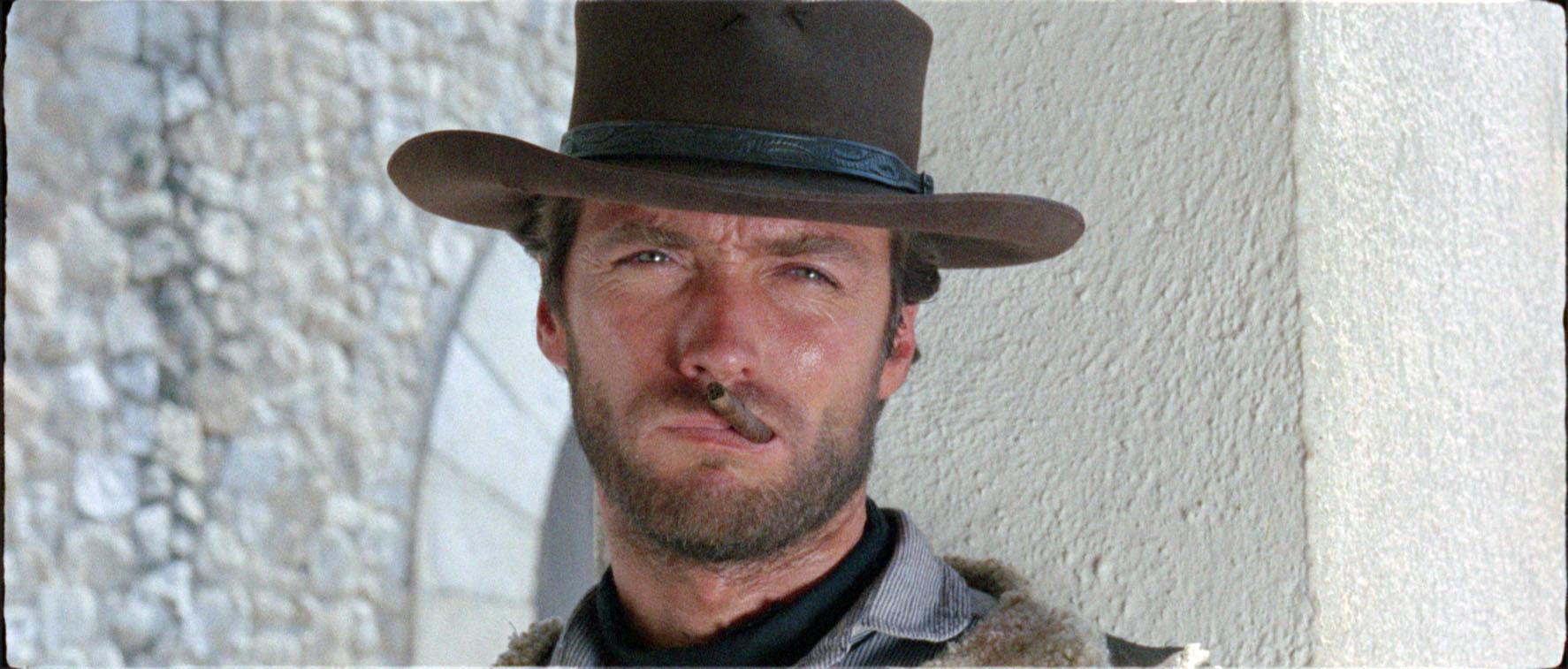

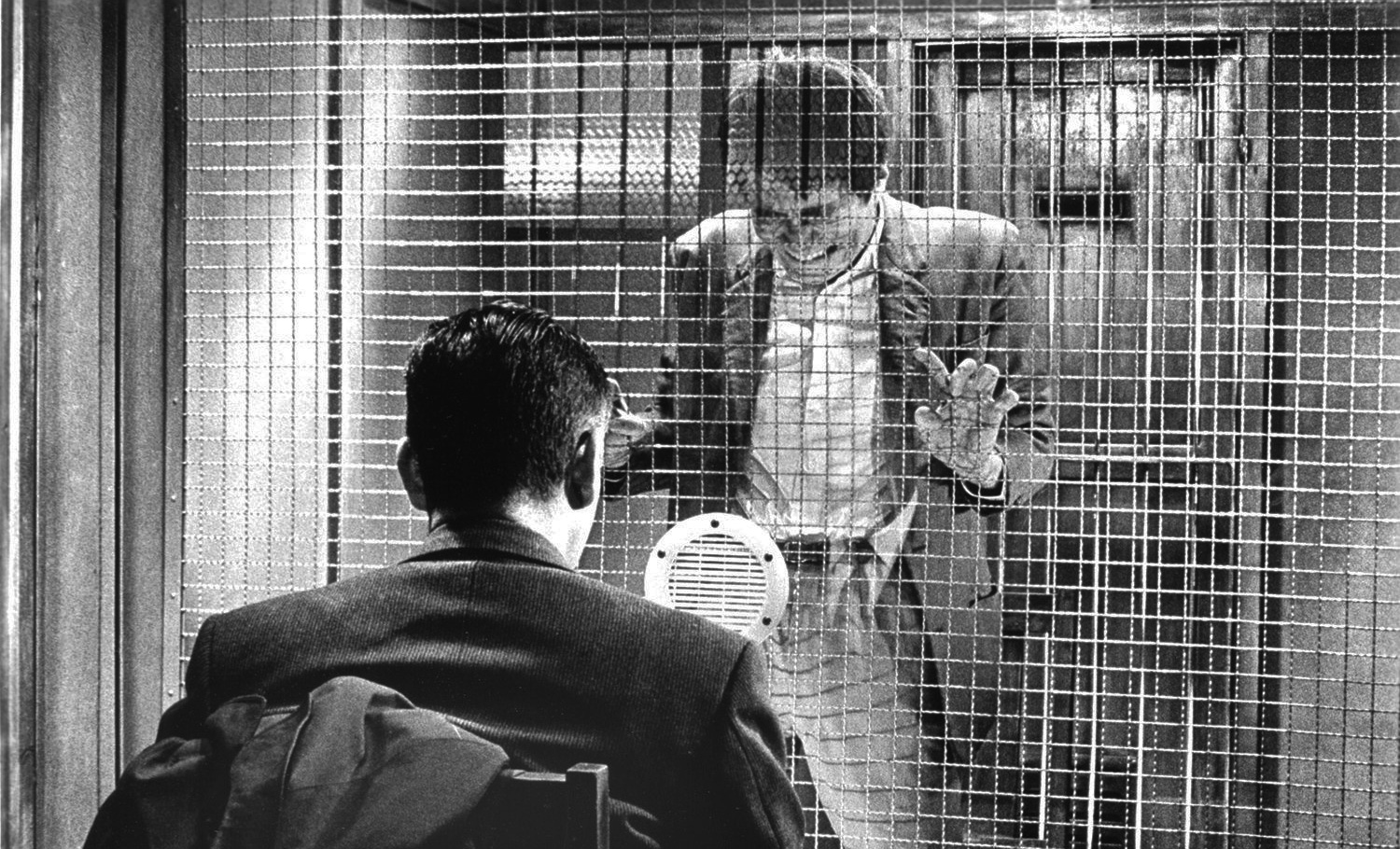
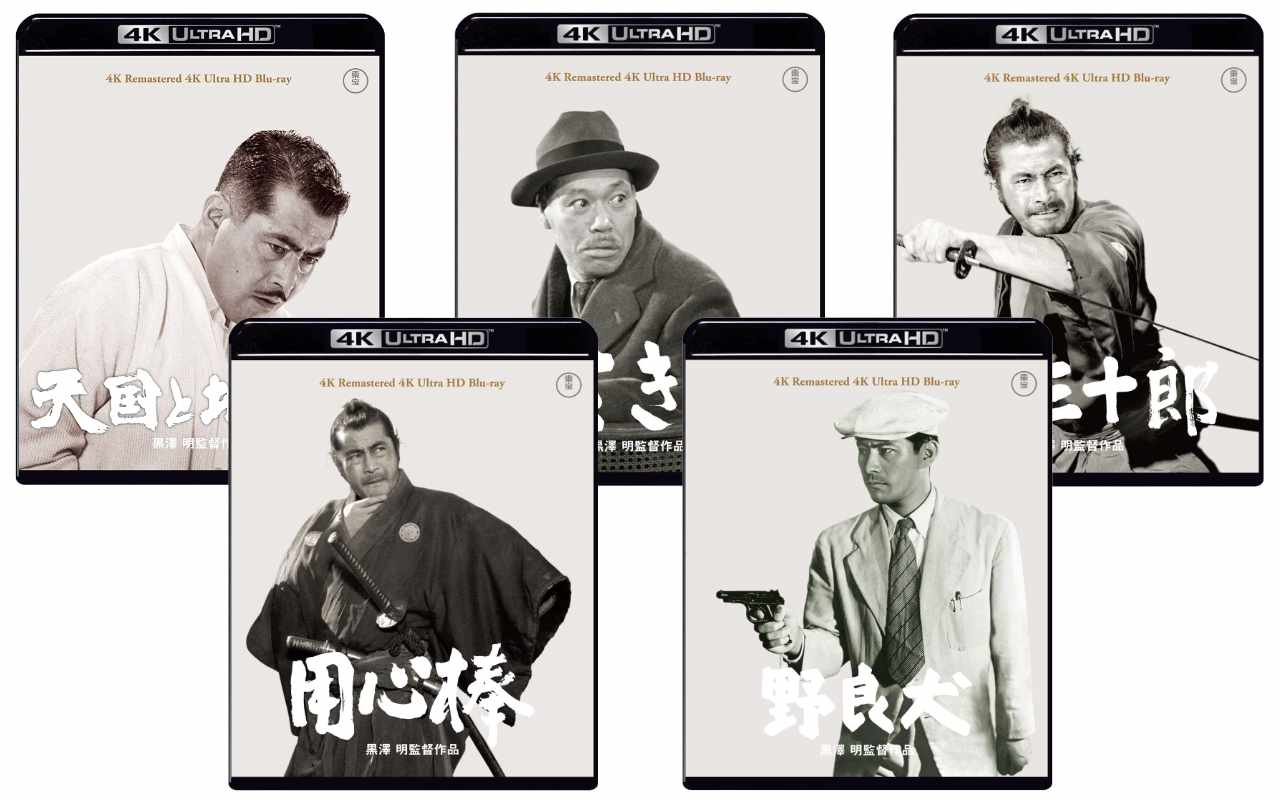
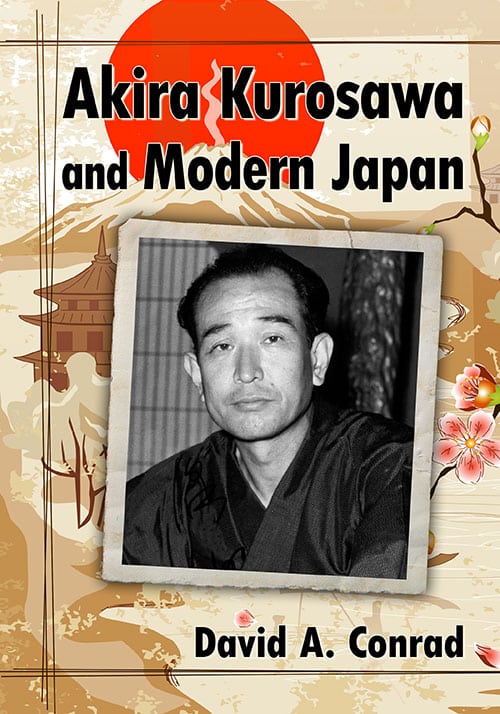
I’ve just watched it again – first time since we last discussed it here. Oddly enough, I enjoyed it more this time than previously, maybe because I was focusing more on what was going on in individual scenes, rather than following the plot. I did get very annoyed though by all the exposition in the film – I kept wishing someone had gone through the script and crossed out at least half the dialogue.
I still find it quite frustrating that what I think was a potentially great film fell short, but I still can’t quite put my finger on what it was that went wrong. In one sense I think it has too much plot for a drama, too much drama for a thriller. It lacks the leanness of a really good thriller like Stray Dog or High and Low, but for me the script is far too didactic to make a good intelligent drama. I found the characters too one dimensional to be really interesting.
I did realise for the first time what Yoshimoto meant in his essay that the film is so deliberately theatrical. I only just noticed how many deliberate references there are to stages and theatre, and I’ve become more convinced that it was indeed influenced by Hamlet, maybe to its detriment.
One thing that did strike me in the context of discussions we’ve had in the immediate post war films of Kurosawa was the specific western references in the film. In Drunken Angel and Stray Dog Kurosawa seemed to be making a connection between gangsterism and western, or more specifically American, music and clothes and architecture. In this film there seems a strong design focus on non-Japanese features. The main house is by far the most ‘western’ piece of architecture I can think of in a Kurosawa film – it seems to be a sort of English/Scots building, even down to the stained glass entrance hall, with just the private sleeping areas having any Japanese elements. Even the son’s hunting gear is English tweed. There is also, in Nishi’s garage scenes, an emphasis on the American origin of his Chrysler cars. I’m not sure what the relevance of this is, I’ll have a think on it, but it does seem to me to be significant. Something to do with the final victory of the allies as being a cultural one, not a military one? (in the context of Yoshimoto’s theory that the final scenes in the bombed out munitions factory represents the final destruction of an optimistic post war culture by war profiteers).